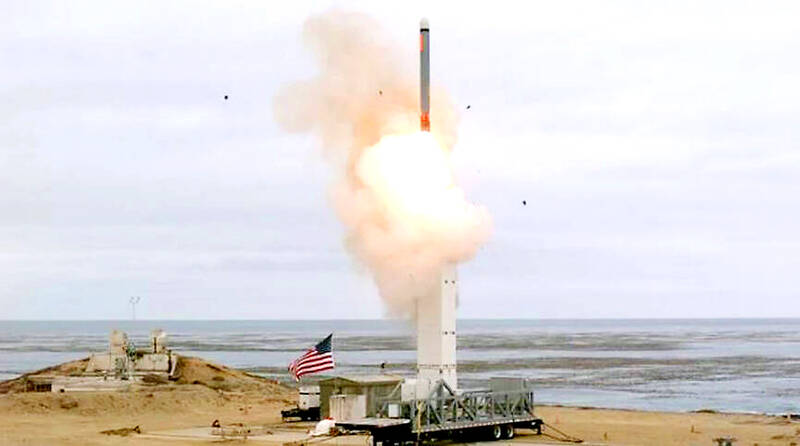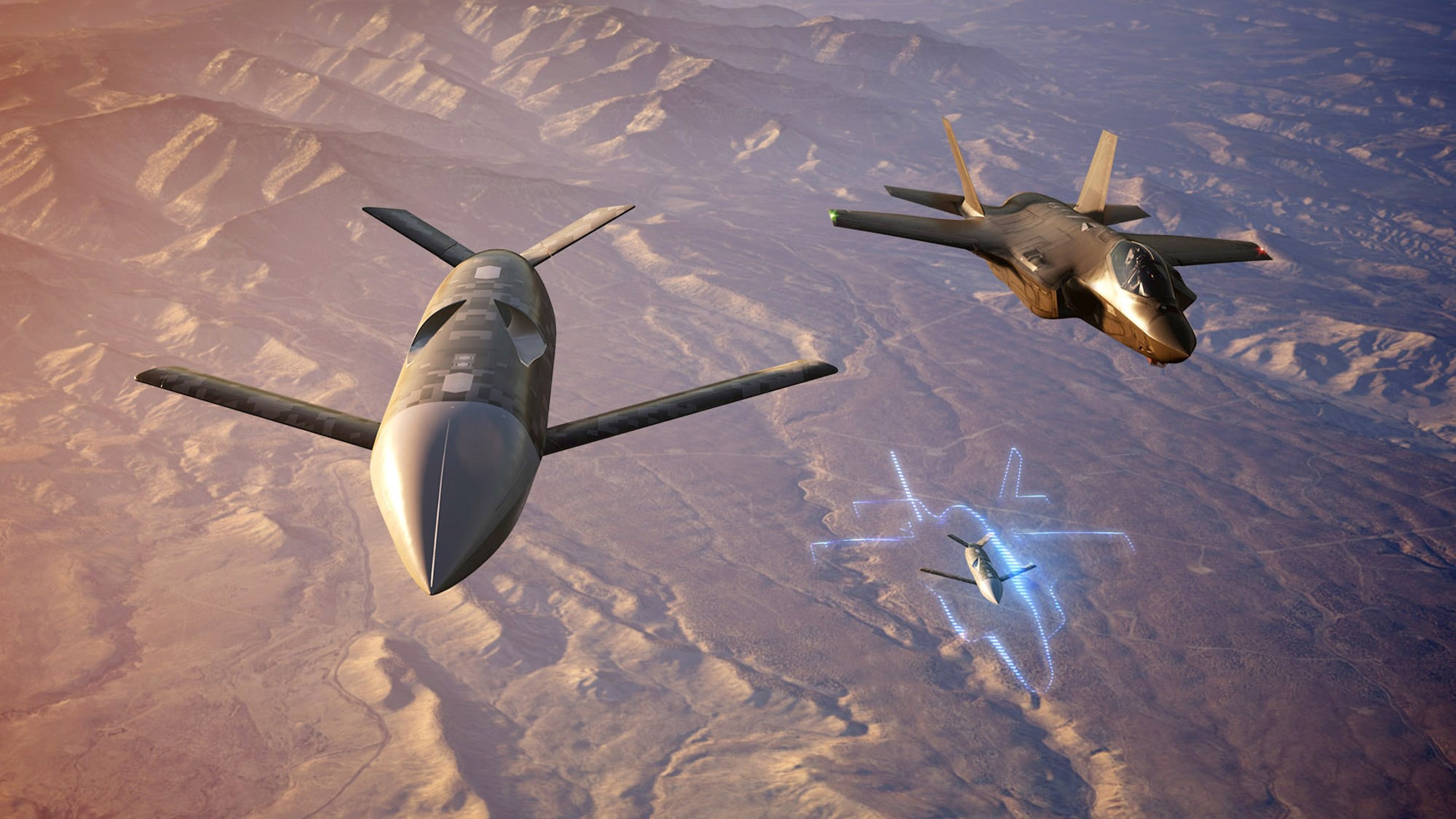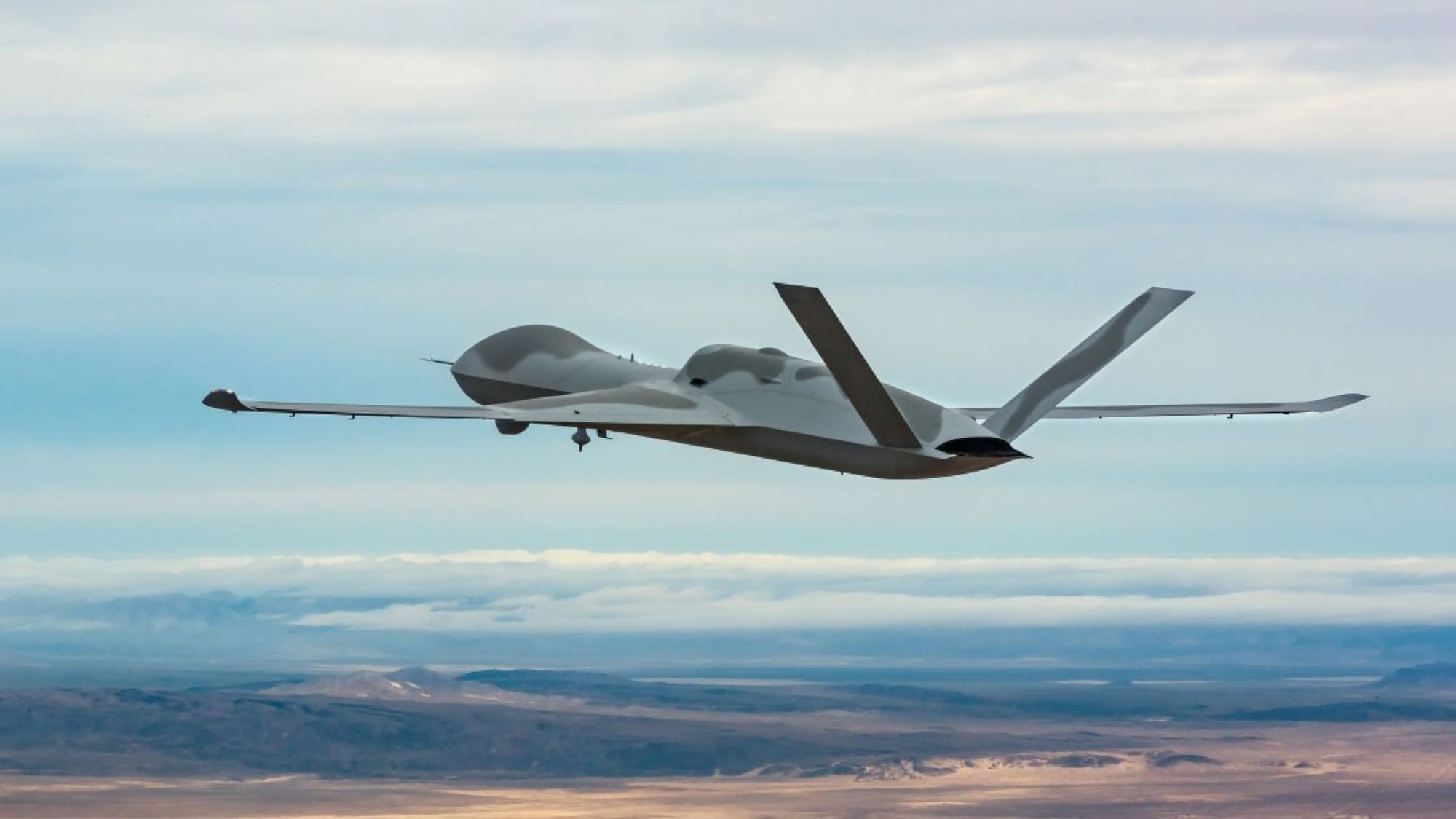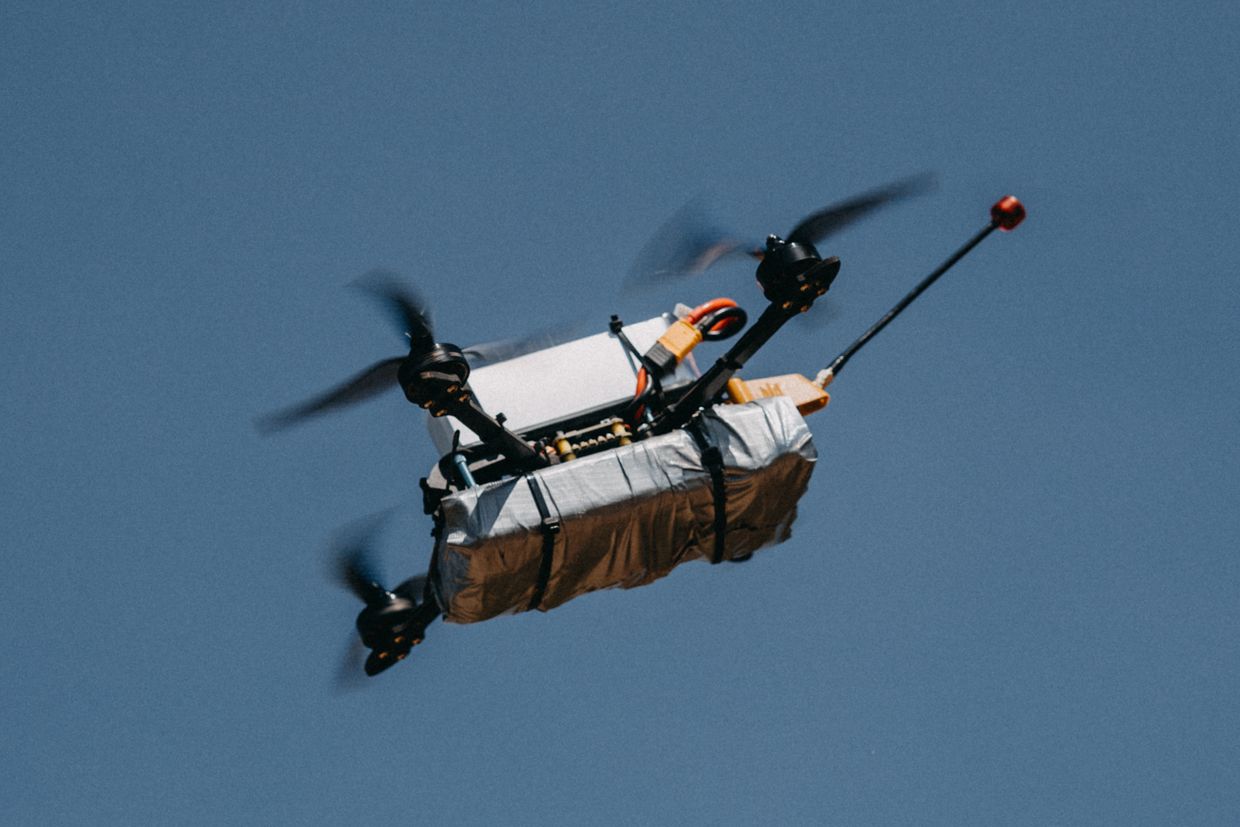And the counter to a King Tiger was 5 Shermans.
That war was one by mass. Big battalions win.
My underlying point about Ukraine's low cost drones is the low cost of supplying a two way comms link to a vehicle that permits the operator to view the target, and the route to the target, conduct manoeuvres in flight, and decide to abort or prosecute. Up until now those capabilities were associated with 5 or 6 zeroes. Now we are down to 2 or 3.
And the nature of the propulsive power is irrelevant. Rocket, jet, prop or gravity.
All aircraft are subject to lift plus thrust equals pull plus drag.
If they can be managed for less than 1000 dollars on an FPV then the cost of the management system , the software, on larger systems can be equally cheap.
That area, the management, has been a highly profitable part of contracts and a cost driver.
If it is established that an 80% solution for less than 1000 dollars that cost reduction will translate into production lines for tens of thousands a month, if not a week.
That logic, I believe, is already showing up in the cruise missile and short range ballistic missile markets.
Don’t mistake Ukraine’s wartime economic policies with what would happen elsewhere.
One maybe able to push out significant volumes of items at ‘low cost’, but when you see what is subsidizing the economy, you will see that the model for that will not work elsewhere.
The West pours billions of dollars of non military economic aid into Ukraine. That offsets a lot of issues for acquiring materials and labor would drastically change the calculus elsewhere.
Furthermore, I’m not as concerned about UAS issues, or a lot of the ‘not smart’ munitions, as we have significant counters available in terms of C-RAM, and DE C-UAS that can make the already rather weak success rates of UAS drastically smaller.
Logistics drains from mass are a thing, for example: if I can accomplish the task with one device (lets call it J) even if it costs 100x of Y item, and while Y item is smaller than J, it’s not going to be 100 times smaller, and let’s say it’s 1/3rd the size, and 1/10 effective, you are now taxing your logistics system to provide 10 y, and it’s taking three times the space to ship as J. The other aspect is that the time and effort to make a kill goes up, and if J has a PKill of 98% inside 20 seconds, and it takes 10 Y 1min 30 to get the same PK, you also need to see what the enemy is going to be doing in the extra 1min 10 seconds it has to act using Y as opposed to to J.
All of a sudden I need to dramatically increase my logistics burden, potentially my medical evacuation and troops losses also go up so that time delta for the PK.
When you get into high level strategic planning, the logistics aspects of supporting a war takes on significantly more importance than the various tactical planning elements.
This all gets war gamed out as best as can be modeled to make decisions as to the optimal force construct.
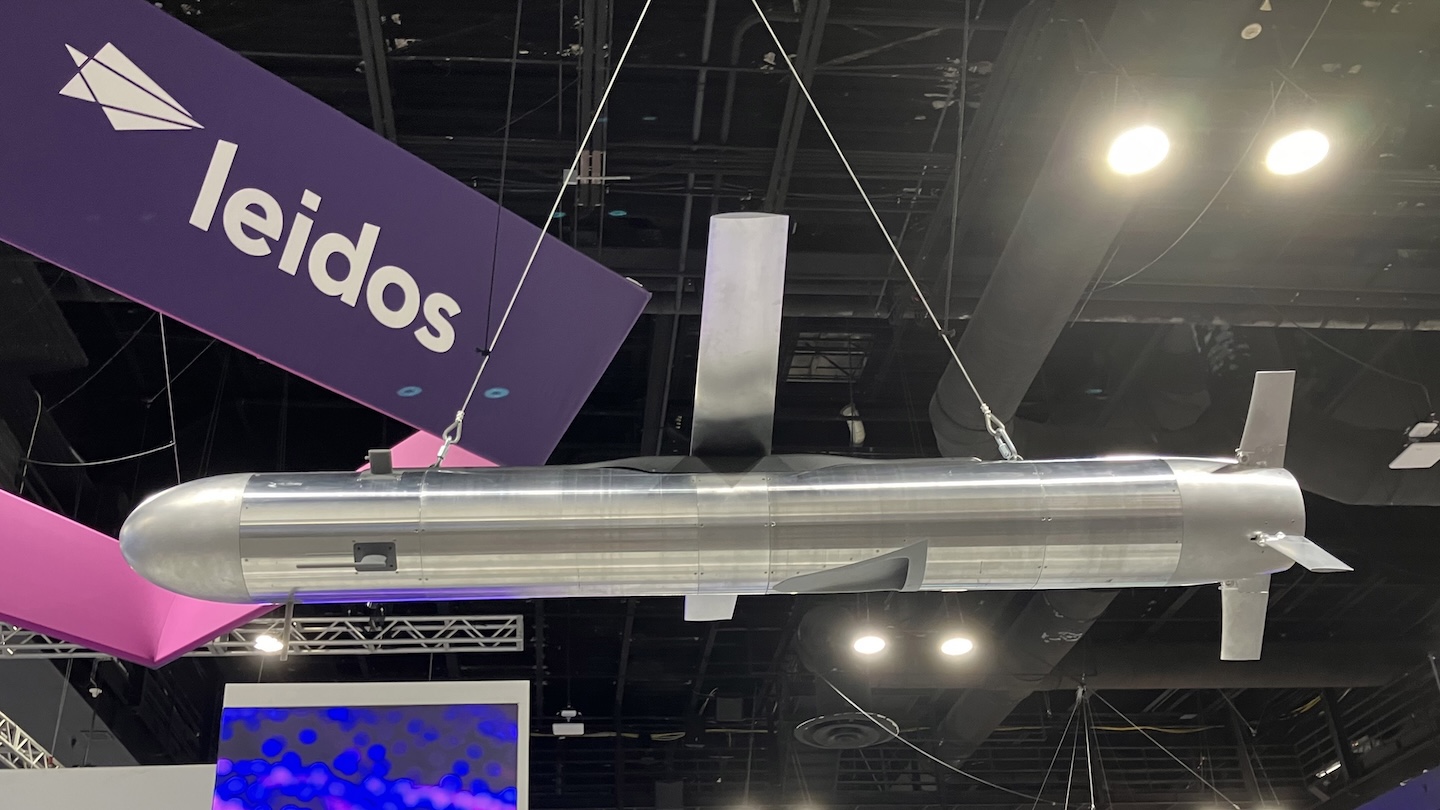
 www.twz.com
www.twz.com

 www.twz.com
www.twz.com

 en.wikipedia.org
en.wikipedia.org







